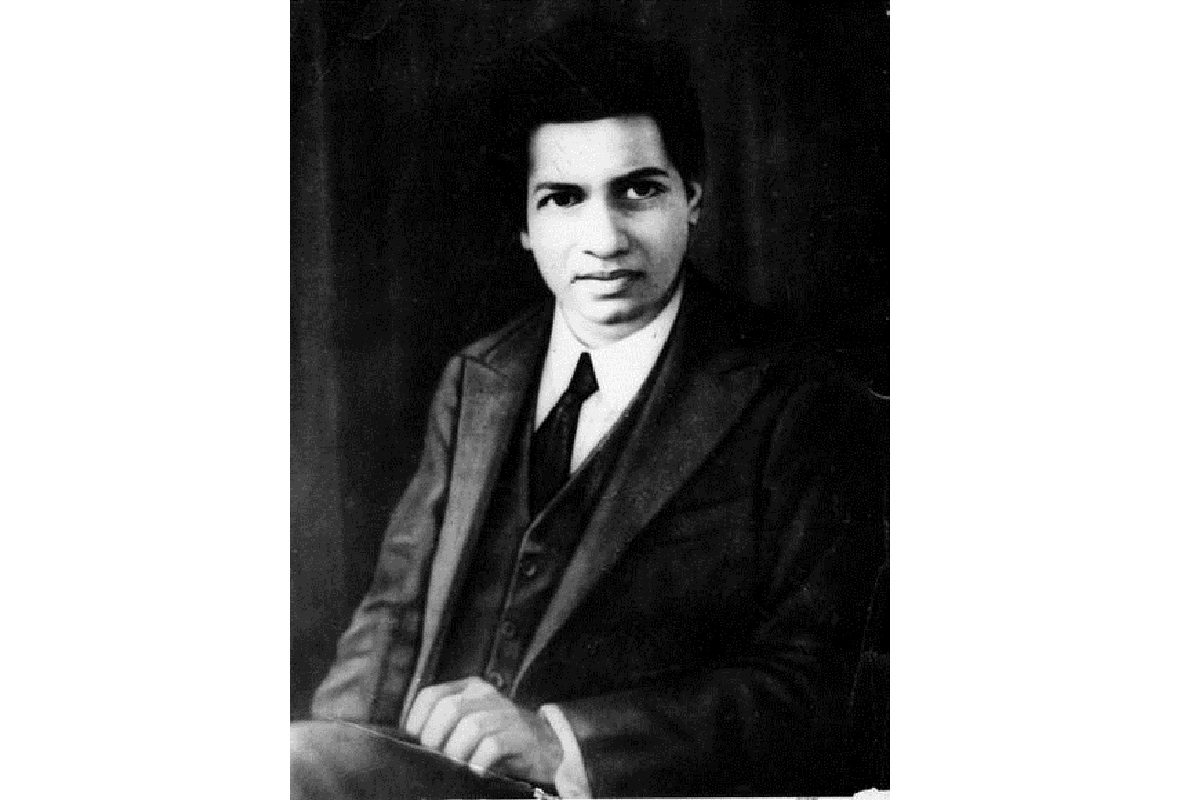India is celebrating the birthday of veteran mathematician Srinivasa Ramanujan Aiyangar Today. The day is celebrated as National Mathematics Day or Maths Day. In 2012, then Prime Minister Manmohan Singh Declared the date National Mathematics Day to honor the great man.
He was born on 22 December 1887 into a Tamil Brahmin Iyengar family in Erode, Madras Presidency (now Tamil Nadu, India). His father worked as a clerk in a sari shop in the Thanjavur district. His mother was a housewife.
It is said that Ramanujan had a close relationship with his mother, as three of his siblings died before their first birthdays, Ramanujan was the only one who spent hours with his mothers. It is because of his mother that Ramanujan developed a strong devotion towards religion and spirituality. As all part of the Brahmin culture, he learned about tradition and Puranas.
Advertisement
He has been described as a devout Hindu, he credited his substantial mathematical capacities to divinity and said the mathematical knowledge he displayed was revealed to him by his family goddess Namagiri Thayar. He once said, “An equation for me has no meaning unless it expresses a thought of God.”
The recognition and glory Ramanujan has achieved in the field of mathematics are recommendable and exceptional. He has always mesmerised the world with his theorems and other achievements.
Despite not having any formal training in maths he has made substantial contributions to mathematical analysis, number theory, infinite series, and continued fractions, including solutions to mathematical problems that are considered unsolvable.
The significance of Hardy-Ramanujan number: 1729, the Hardy-Ramanujan Number, is the smallest number which can be expressed as the sum of two different cubes in two different ways. 1729 is the sum of the cubes of 10 and 9 – a cube of 10 is 1000 and a cube of 9 is 729; adding the two numbers results in 1729.
The story behind this number and its significance is very interesting, and well discussed among mathematicians.
Godfrey Hardy was a professor of mathematics at Cambridge University. One day he went to visit his friend, Srinivasa Ramanujan, who was ill. Both men were mathematicians and liked to think about numbers.
When Ramanujan heard that Hardy had come in a taxi he asked him what the number of the taxi was. Hardy said that it was just a boring number: 1729. Ramanujan replied that 1729 was not a boring number at all: it was a very interesting one. He explained that it was the smallest number that could be expressed by the sum of two cubes in two different ways. Since then this number is called the “Hardy-Ramanujan number”.
Ramanujan had a short life. He died at the age of 32 in the year 1920.
In his lifetime, he independently compiled nearly 3,900 results (mostly identities and equations). Many were completely novel; his original and highly unconventional results, such as the Ramanujan prime, the Ramanujan theta function, partition formulae, and mock theta functions, have opened entire new areas of work and inspired a vast amount of further research.
Advertisement










